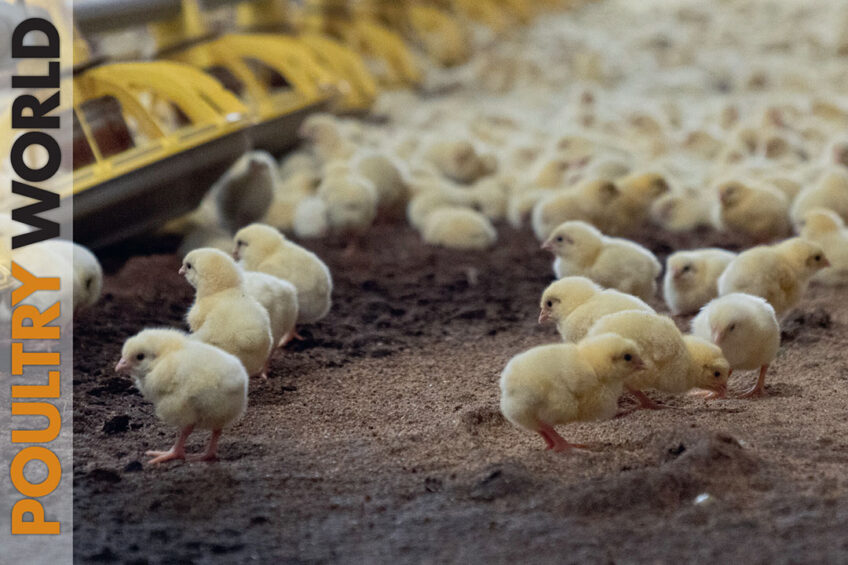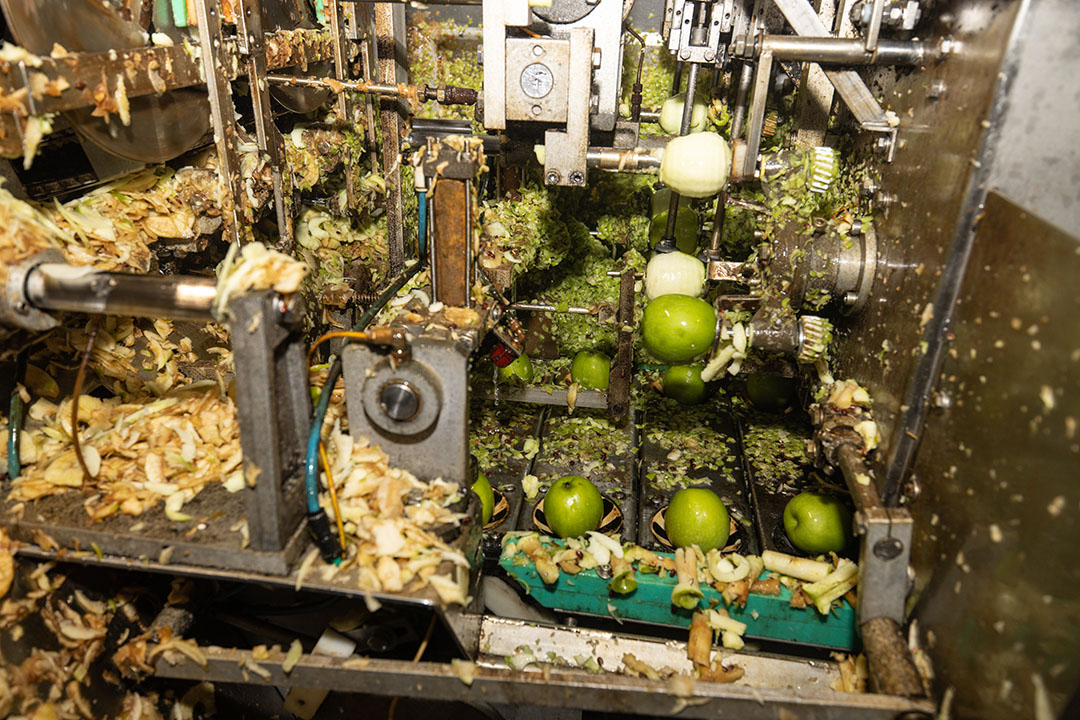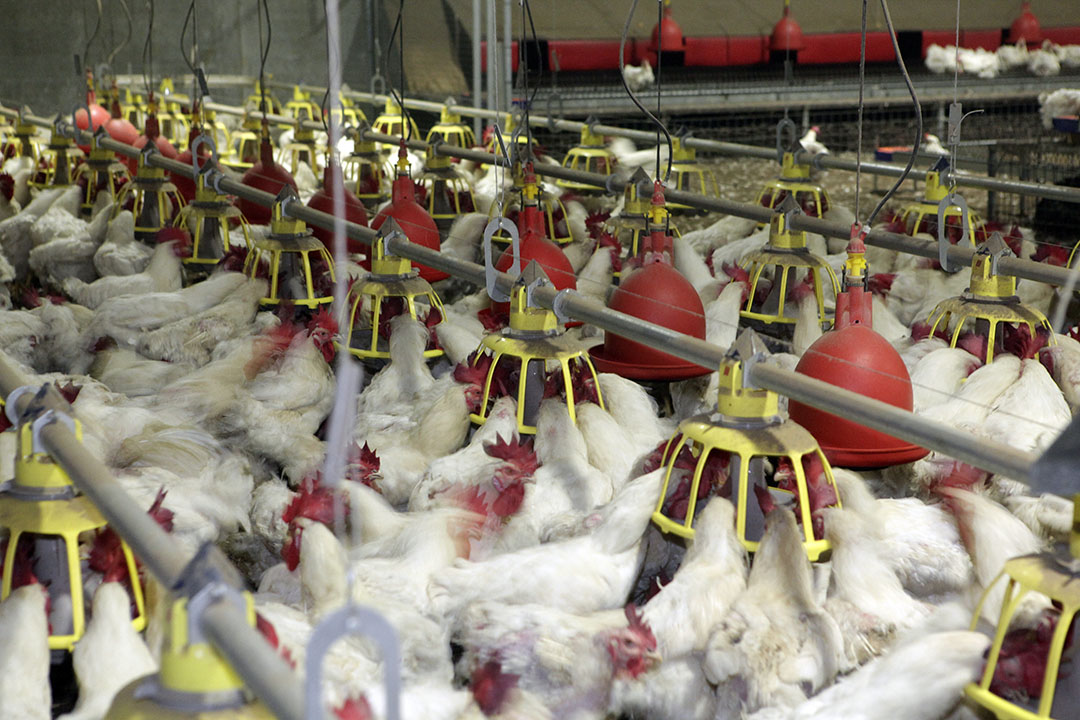The future of EU broiler production in the latest edition of Poultry World

In this edition of Poultry World we speak to AVEC chairman Gert-Jan Oplaat and listen to what he has to say about poultry production in the EU. We consider how gene editing is speeding up disease control, and look into how a lower hatchery temperature improves results. This and more in the latest edition of Poultry World.
Gert-Jan Oplaat: ‘Bright future for EU broiler production’
When it comes to production costs, EU producers are at a competitive disadvantage, says the Association of Poultry Processors and Poultry Trade in EU countries (AVEC) chairman Gert-Jan Oplaat. But, AVEC has a number of targets to ensure a level playing field. Poultry World interviewed Oplaat to find out more.
Fruit and vegetable products in poultry feeding
In this article we look at the potential of incorporating fruit and vegetable processing waste – including apple, grape, mango and tomato pomace, rejected bananas and potato meal – into poultry feed.

Examining the effects of reduced incubation temperature
Because the embryo in today’s commercial broiler-hatching eggs has a rapid rate of growth and metabolism, it subsequently has a higher level of metabolic heat production. Researchers consequently discovered that hatchability improved with a lowering of incubation temperature.
Novel dietary fat source for broiler chicks
In the chick diet, dietary fat is essential. Milk fat globule membrane is the membrane that surrounds the lipid core of a milk fat globule with 3 layers of various lipid types. It is studded with proteins and carbohydrates. Research shows how this component of cow’s milk might be of benefit to the poultry sector.
Feed and water quality paramount to gut health
Poultry rely on optimal gut health to be able to digest feed efficiently and perform well. While feed ingredients have the greatest impact on gut health, one cannot forget the most important nutrient: water.
Genetic selection needs constant attention
Genetic selection has resulted in some challenges when it comes to metabolic health. Although many of these concerns have been overcome, emerging performance-related problems need constant attention in genetic selection.

Holistic approach in the fight against antimicrobial usage
The need to reduce the use of antibiotics in animals in the fight against antimicrobial resistance is becoming more urgent, and alternative methods to antibiotics are being increasingly explored as poultry producers focus on keeping their birds healthy. What options are available for producers to maintain high levels of animal welfare, maximise meat quality, and maintain profitability?
How gene editing is speeding up disease control and more
Genetic advances in poultry are typically made in extensive breeding and selection programmes. But, tackling specific issues and diseases with traditional selection is arguably impossible. With growing expertise in the field of gene editing techniques, things could speed up.
Column: Half empty or half full?
Columnist Rick van Emous, a researcher at Wageningen University and Research, shares his thoughts on how rules in the livestock sector need to be supportive of both the animal and the farmer, but in reality, legislation often blocks innovation and the path the finding innovative solutions.






![Birthe Steenberg, AVEC’s Secretary General: “Our [poultry] sector operates under the highest standards of animal welfare, biosecurity and sustainability in the world. Photo: Canva](https://www.poultryworld.net/app/uploads/2024/10/Untitled-design-79-389x260.jpeg)






